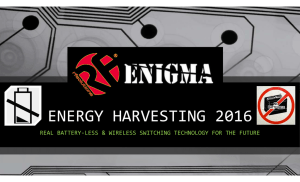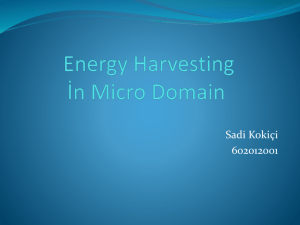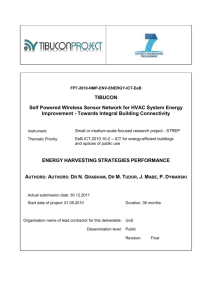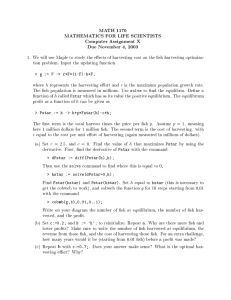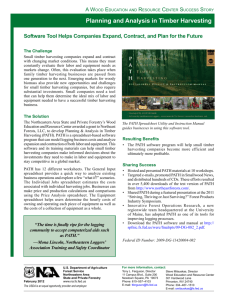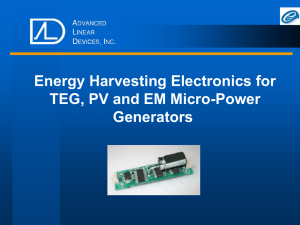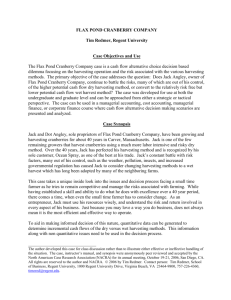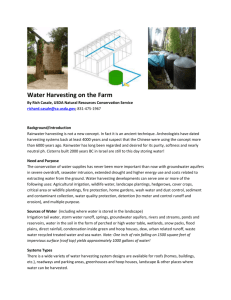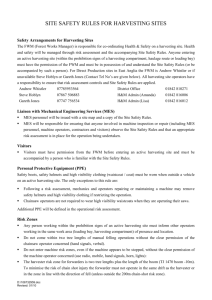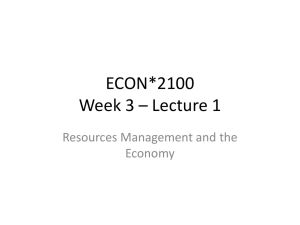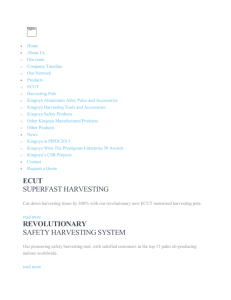RF Energy Harvesting
advertisement
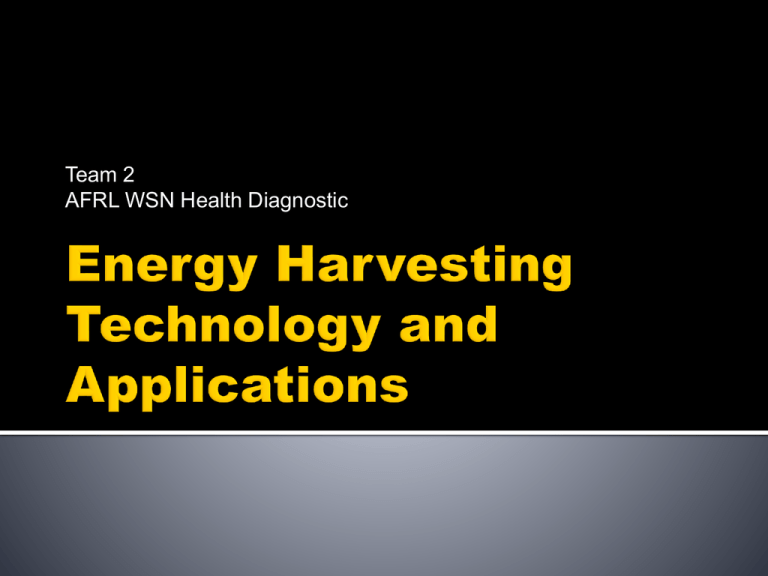
Team 2 AFRL WSN Health Diagnostic What is energy harvesting? The process by which energy is derived from external sources Why use energy harvesting? Renewable source Allows for remote charging in applications Energy harvesters provide a very small amount of power for low-energy electronics The energy source for energy harvesters is present as ambient background and is free As opposed to large-scale energy generation which costs money Converted energy can be stored in a capacitor for short-term use or a battery for long-term use. Allows for the battery (or a charger) to be taken out of the equation of an application since it sources energy from the environment Materials Piezoelectric Pyroelectric Photovolatics Other Kinetic Energy RF Energy Converts mechanical strain to electric current Produces power on the order of mW Useful for small applications Handheld devices Light bulbs Human Motion Acoustic Noise Vibrations Pressure Converts changes in temperatures to electric current Stable for temperatures above 1200 ⁰C High thermodynamic efficiency Used in Power Plants Automobiles Converts human and/or natural motion into electric current Found in Wind Turbines Ocean Wave Buoys Human Motion Also known as solar power Converts solar radiation into DC Found just about everywhere and gaining more popularity Converts RF signal energy into DC power RF energy is available in a wide array of frequency bands due to everyday technologies Cell Phones Radio Towers WiFi Routers Laptops TV Signals Only a tiny amount of power can be harvested, good for low power applications (Ex: A WiFi router can transmit 50-100mW) Usually very short distance, however Powercast demonstrated energy harvesting at 1.5 miles Our project uses RF power harvesting technologies Ultra-low power, battery free applications Perfect for wireless sensor networks Intentional Sources Powercast utilizes a direct RF energy source, dedicated to providing RF energy for harvesting Anticipated Ambient Sources Routers, cell phone transmitters Unknown Ambient Sources Microwave radio links, mobile radios Module Components & Features Powercast P2110 Powerharvester™ Receiver MCU: Microchip PIC24 XLP Radio module ▪ Microchip MRF24 (802.15.4) RF Powerharvester System power: 3.3V Capacitor ▪ 50mF (as low as 3300uF) Discrete sensors: Temp, Humidity, Light Wireless protocol: MiWi™ P2P Center Frequency = 915MHz Intentional RF Source Directional Antenna Optimized RF Powerharvesting for the transmitter frequency RF Powerharvesting allows for remote placement of sensor nodes Great performance due to a design that focuses on minimizing power consumption in each node Proprietary wireless protocol Power harvesting technologies are everywhere and efficiencies are vastly improving Simply look at solar efficiencies Most of the world’s energy in the future will be generated using power harvesting technologies



